#aesop's fables
Explore tagged Tumblr posts
Text

The Lion and The Mouse
49 notes
·
View notes
Text
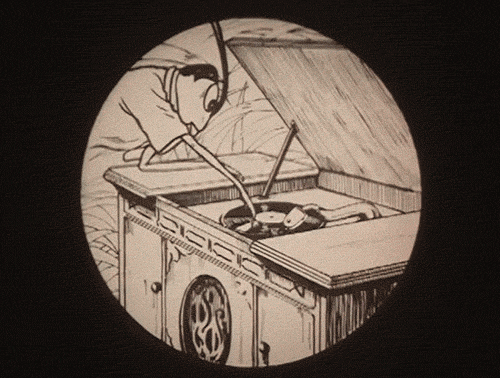
Two Worlds | 1929
#Two Worlds#Yasuji Murata#村田安司#phonograph#The Ant and the Grasshopper#Aesop's Fables#butterfly#animation#vintage anime#grasshopper#ant#insect#summer#hammersmith horror
1K notes
·
View notes
Text
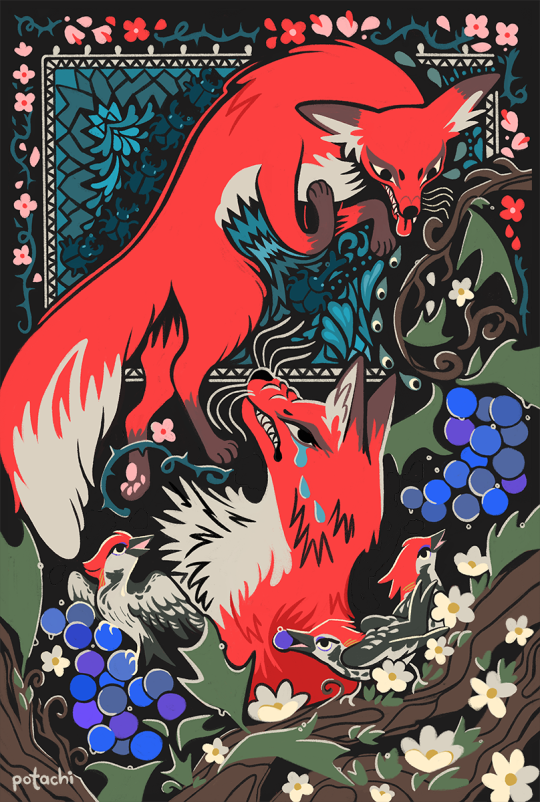
The Fox and the Grapes
817 notes
·
View notes
Text

Ernest Griset - Mercury and the Woodman
illustration from 'Æsop's Fables', 1869.
#ernest grieset#mercury and the woodman#æsop's fables#aesop's fables#victorian gothic#art#illustration
791 notes
·
View notes
Note
What does the fox say
"Νομίζω ότι αυτά τα σταφύλια ήταν πικρά ούτως ή άλλως."
333 notes
·
View notes
Text
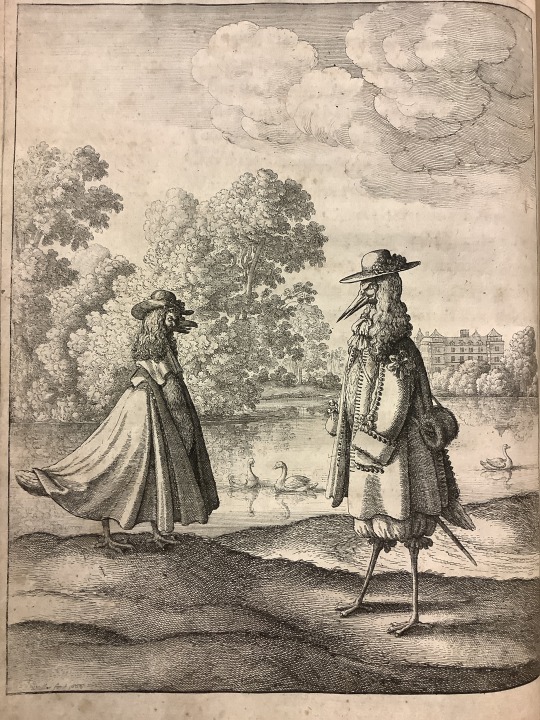
The Swan and the Stork, from our copy of Aesopic's: or a Second Collection of Fables, Paraphras'd in Verse: Adorn'd With Sculpture, and Illustrated With Annotations. Published in 1668 by Thomas Roycroft.
64 notes
·
View notes
Text

Illustration for "The Fox and The Crow." Aesop's fables in rhyme. 1924.
Internet Archive
634 notes
·
View notes
Text
Name of the Day: Usopp
From What Does My Brilliant Name Mean?, my 550-page name-dictionary ($5.99). https://ko-fi.com/namedictionarypublishers
Name: Usopp
Pronunciation: OOHSS-sawp
Languages: Greek, to Old English, to Japanese
Meaning: He Honors Uso--Falsehoods, Lies, and Untruths; Moreover; He Honors the Greek Teller of Fables, Aesop, Whose Name Derives from Aithiops, which Commemorates Dark-Complexioned Ethiopians--Great Africans, All
Notable Use of this Name: The valiant Straw Hat Pirate Usopp, or Usoppu, has a Pinocchio-like nose, reflecting the fact that he tells hard-to-believe lies, in the One Piece universe of manga and anime, devised by Japan's Eiichiro Oda (1975-). Usopp’s name honors the Japanese word uso--untruths. However, his name also honors the renowned Greek teller of fables, Aesop (620 BC-560 BC). Regarding Aesop, English scholar William Martin Leake (1777-1860) said that coins, c. 520 BC, from Delphi, Greece, show the “head of a Negro,” and might depict Aesop, who was slain in Delphi.
Public Domain Image: This coin from Delphi, Greece, c. 520 BC, of the head of a black person, may depict the beloved fable-teller Aesop, who was slain in Delphi--and the coin brings to mind the Straw Hat Pirate Usopp, from the One Piece universe of manga and anime, whose name honors Aesop.
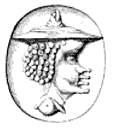

No matter what you're going through in life, everything can seem brighter once you learn what your wonderful name really means. Please click https://ko-fi.com/namedictionarypublishers to order your new e-book What Does My Brilliant Name Mean?" ($5.99).
#namedictionary#namemeanings#boy names#usopp#god usopp#one piece#straw hat pirates#books for sale#aesop#aesop's fables#character name ideas
18 notes
·
View notes
Text
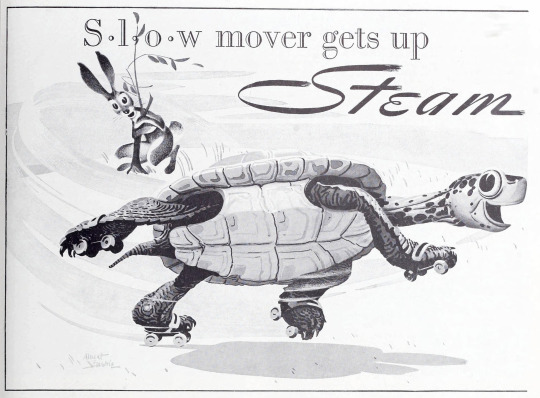
Albert Staehle (1899-1974), 'Compton Advertising Inc.', ''Fortune'', Vol. 22, #1, July 1940 Source
#american artists#fortune#fortune magazine#advertising#vintage ads#vintage advertising#The Tortoise and the Hare#aesop's fables#albert staehle
27 notes
·
View notes
Text



This is an illustration project based on Aesop's fable The Frogs Who Wished for a King. In short, the story is about these frogs who pray to Zeus asking for a king. He throws down a log and the frogs take advantage of this log. The frogs then petition to Zeus about the government. Zeus sends down a crane that attacks the frogs. The left drawing shows the beginning and the right drawing shows the end. The top decoration represents Zeus. This piece was done with acrylic paint and digital.
#artists on tumblr#art#my art#traditional art#painting#illustration#narrative#narrative art#acrylic#acrylic painting#acrylic paint#digital art#aesop's fables
13 notes
·
View notes
Text
Oh my God
I just realized that Usopp's name is based on Aesop. A fabulist from the Ancient Greece...
IT MAKES SENSE RIGHT???
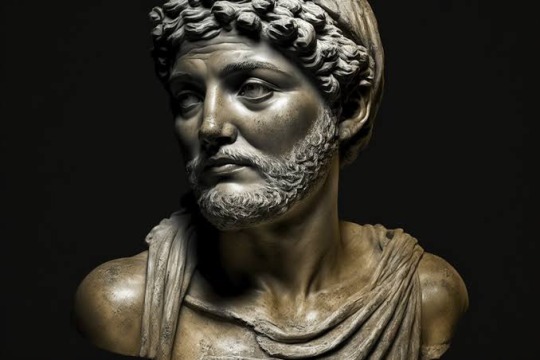

#one piece#one piece theory#straw hat usopp#usopp#god usopp#one piece usopp#sniper king usopp#aesop's fables#greece
10 notes
·
View notes
Text
Ok so I talk to my friends a lot about my webcomic cause it’s silly, but surprisingly when I tell them about the premise a lot of them tell me they’ve never heard of Aesop’s fables or only a couple famous ones
And it has occurred to me that maybe not everyone fixated on Aesop’s fables as much as I did when I was little
So for educational purposes:
#aesopica#artists on tumblr#creative writing#my ocs#ocs#aesop's fables#my art#writeblr#writers on tumblr#small artist#digital art#indie comics#tumblr polls#polls
15 notes
·
View notes
Text

Jean-Baptiste Oudry (1686-1755) "The Fisherman and the Little Fish from Fontaine’s Fables" (1739) Oil on canvas Rococo
The story of the fisherman and the little fish was first recounted by Aesop, though La Fontaine’s later retelling would have served as Oudry’s primary source. The fable tells of a small fish is caught by a fisherman. The fish begs for its life on account of its diminutive size, suggesting that the fisherman should wait until it is larger, when the fish will make for a more filling meal. The fisherman refuses, noting that every little bit helps, and that it is stupid to give up a present advantage for an uncertain future gain—as the expression goes, a bird in the hand is worth two in the bush. Yet there is no such proverb in French, and so La Fontaine concludes with the reflection that one possession is better than two promises: “un ‘tiens’ vaut mieux que deux ‘tu l’auras.’”
#paintings#art#artwork#genre painting#genre scene#jean baptiste oudry#oil on canvas#fine art#rococo#male portrait#male figure#portrait of a man#dog#dogs#animals#fish#fishing#folklore#aesop's fables#a bird in the hand#1730s#early 1700s#early 18th century
196 notes
·
View notes
Text
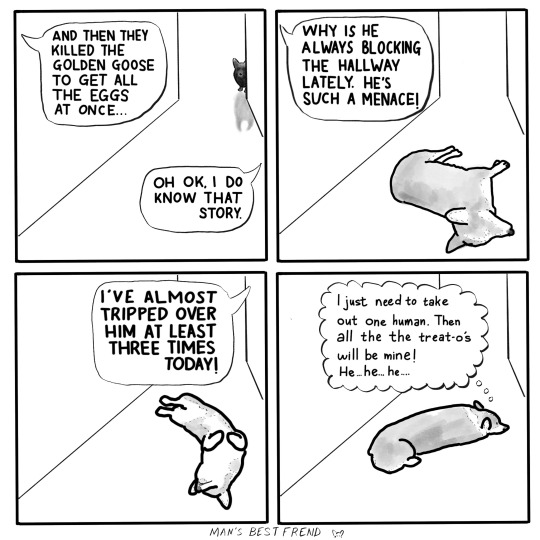
#comic strip#corgi#comics#dog humor#comic stuff#dogs#comic#digital art#digital drawing#procreate#golden goose#fable#aesop's fables#cartoon
8 notes
·
View notes
Text

Another AI I did , slow and steady wins the race 😁
#hare and tortoise#funny pictures#funny stuff#humor#humour#art#funny post#funny#funny shit#pictures#fun pictures#fun pics#fun stuff#funny faces#famous story#aesop's fables#tortoise#march hare#hare#rabbit#rabbits#odd faces#funny images#ai images#ai picture#ai ar#comedy#great pictures#the tortoise and the hare#aesops fables
10 notes
·
View notes
Text
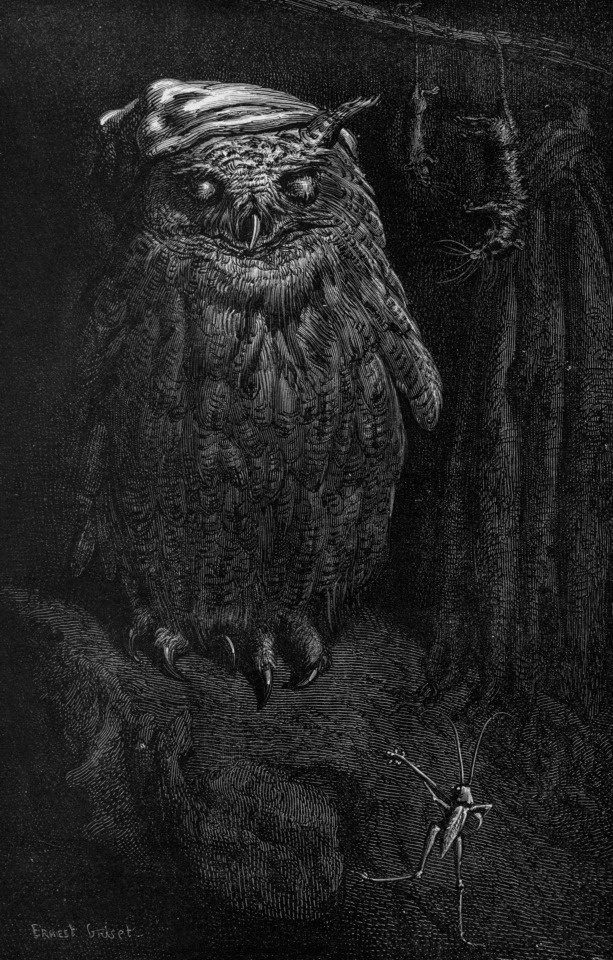
Ernest Griset - The Owl and the Cricket
illustration from 'Æsop's Fables', 1869.
#ernest grieset#the owl and the cricket#æsop's fables#aesop's fables#owl#victorian gothic#art#illustration#aesop#19th century art
133 notes
·
View notes